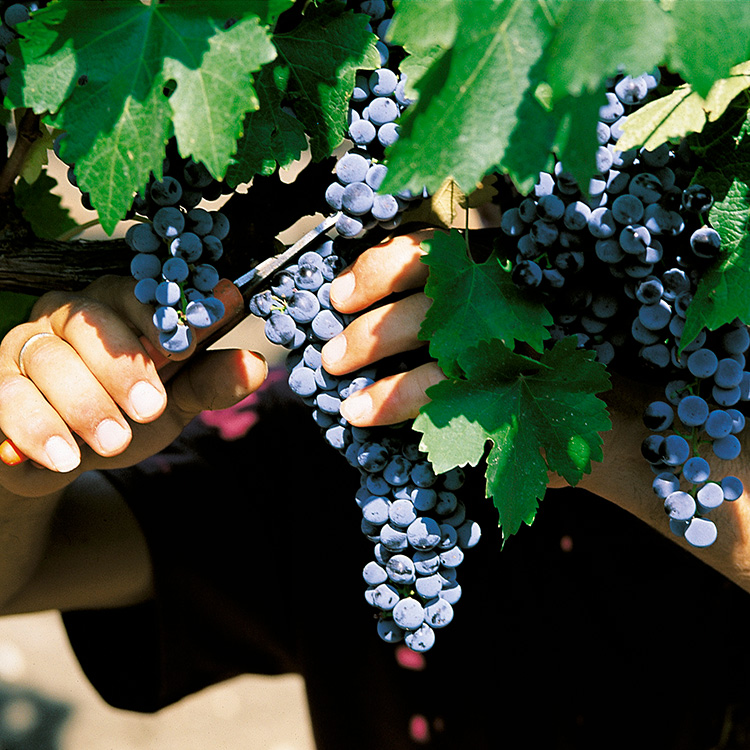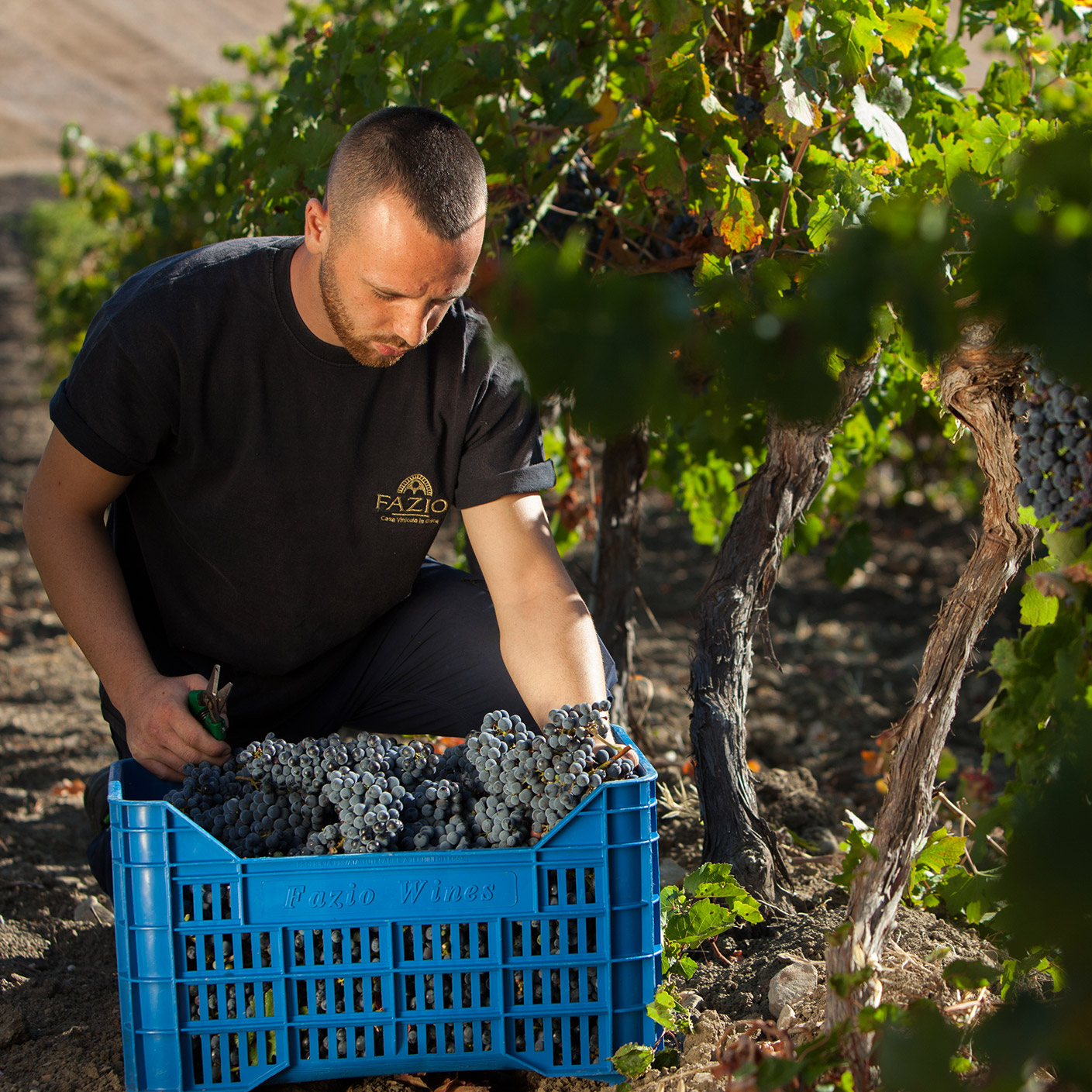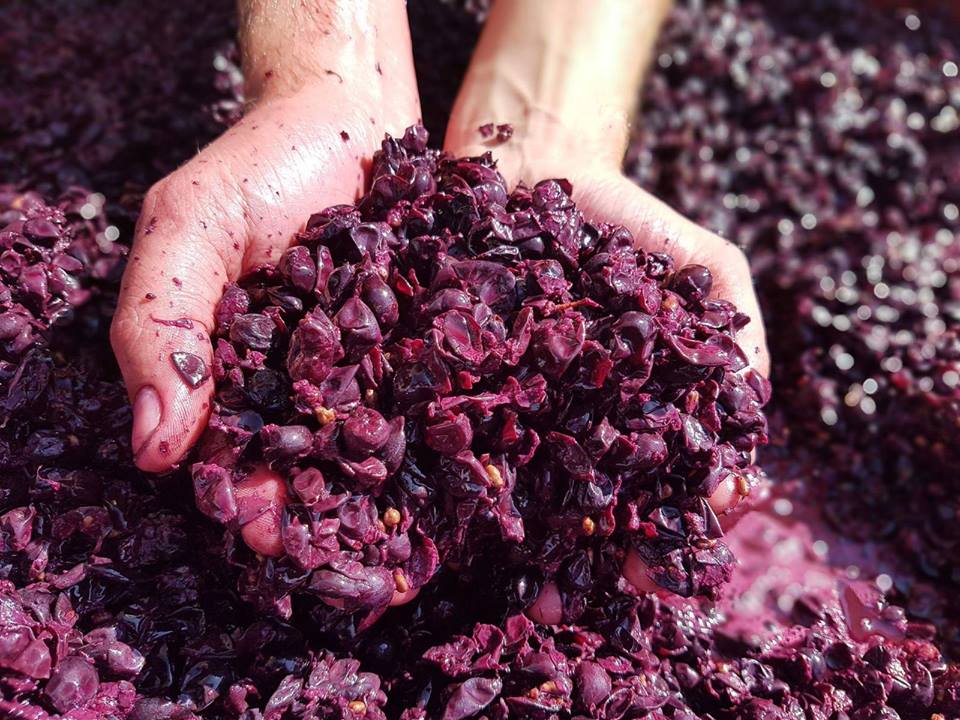Cultivation practices

Every exemplar harvest starts from an optimal agronomic management of the vineyard. For this reason – following the winter pruning – the soil is scrupulously analyzed by the experts of Casa Vinicola Fazio so that the grassing and re-sowing of endemic plants ensure a full grassy mantle, host to the extraordinary biodiversity of DOC Erice.
Cultivation practices are fundamental in the vegetative-productive management of the vineyards, and they implement an adequate response to the various climatic factors. As a matter of fact, careful detection of winter rains allows the water to return to groundwaters and provide adequate nourishment for the plant in the spring season. Human intervention is closely linked to the natural cycles of the vine, strictly observing a principle which is not always so obvious, that is, wine is made in the vineyard.
Each intervention oversees the sprouting and management of the foliar apparatus (responsible for the photosynthesis).
Depending on the climatic conditions of the production area, in some cases specific defoliation techniques are very important to moderate temperatures inside the vineyard while ensuring easy ventilation as well as protection of the bunches from sunlight. After spring treatment and fruit set, several ploughings are planned during the summer month for the imminent harvest of the grapes (between the first ten days of August and mid-September). However, to ensure adequate ripening of the bunches, especially in periods where the plant suffers greater water stress (excess heat or prolongation of drought periods) intervention is necessary, and it is done through ad hoc irrigations; furthermore, fruit thinning, aimed at lightening the plant in the apical part, tail and wings, is always regulated based on the year’s climatic conditions. This operation allows the vine to focus its attention and resources on fewer fruits (1 or 2 fiths are in fact removed from the plant) thus optimizing the production from a qualitative point of view. This technique involves in particular the highly complex black grapes that give life to two still red wines, spearheads of Casa Vinicola Fazio: Pietrasacra and Cartesiano.

monitoring and analysis of grapes

The monitoring of grape ripening that precedes the harvest represents a fundamental phase of the production process. It is in fact the random collection (peeling) of some grapes that are carefully opened, smelled, and tasted. It is an accurate analysis that begins with the observation of the grape seed’s color and ends with the precise laboratory results that emerge from the chemical-physical analysis. It is mainly the conformation of the DOC Erice – with its various irradiated slopes – that ensure a variegated color and shape, but also smells and tastes of the single grape. Therefore it is not so obvious to say that a good wine is produced only – and exclusively – in the vineyard, a place where it releases all its extraordinary uniqueness.
For this reason, looking at the physiological process that affects the plant, the company has equipped itself with control units for monitoring the climatic phenomena inside and outside the vineyard, which therefore make it possible to have historicized data from harvest to harvest.
